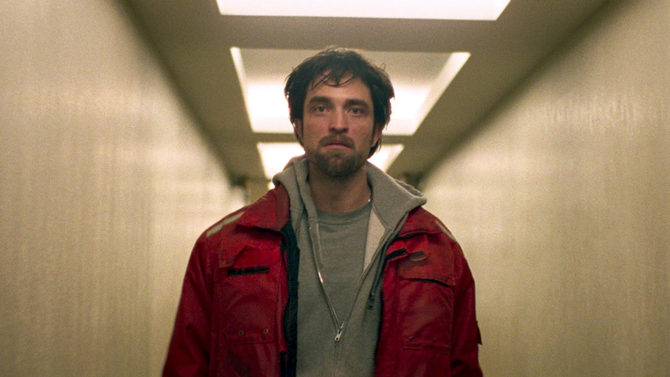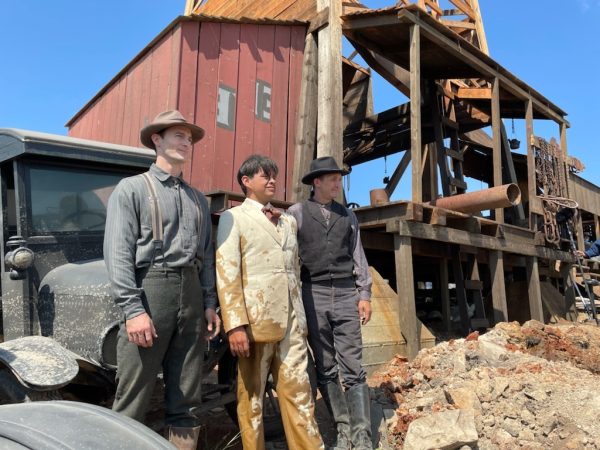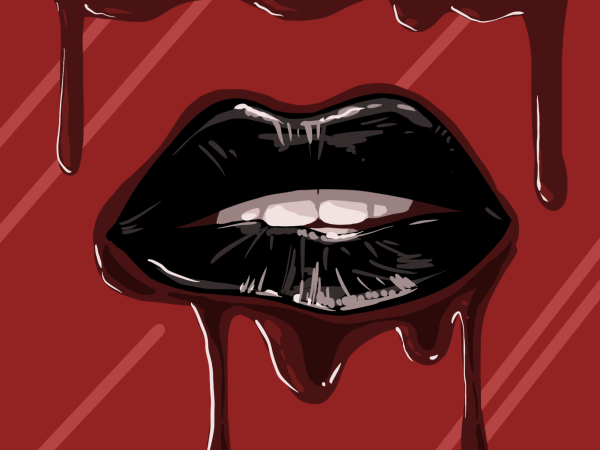Robert Pattinson electrifies in “Good Time”
“Good Time,” the latest film from directorial duo Josh and Ben Safdie, tells the story of Constantine “Connie” Nikas (Robert Pattinson), who spends a hellish night in New York City trying to scrape up $10,000 to bail his mentally-handicapped brother out of prison after a botched robbery.
It is crude and nasty, displaying a seediness and brutishness too rarely seen on screen. Yet, there is an honest desperation radiating from Connie, thanks to a magnetic and career-defining performance by Robert Pattinson.
One main hurdle any film must clear is making the audience care for its protagonist. Subsequently, the main conflict “Good Time” faces is the morality juggle the audience faces when watching Connie accomplish terrible things on screen.
“Good Times” attempts to justify these on-screen terrors by grounding every action, terrible or just, in Connie’s clear love and for his mentally-handicapped brother. But, every viewer’s threshold is different, and not every viewer will give Connie the same amount of “slack” I did.
Make no mistake, Connie does some truly awful things in this film, but I couldn’t help but empathize for him on his almost epic plight, given that his NYC odyssey is rooted in an all-encompassing fraternal love for his brother.
“Good Time” visualizes New York as it must look and feel to the uninitiated: a claustrophobic and fluorescent fever dream. The visuals are grainy and often out of focus, with a camera that is schizophrenic and highly mobile in its depiction of characters. Shots are frequently off kilter and break the rule of thirds, emphasizing not only its unique visual style but also as a photographic reminder of what good cinematography does: help tell the story.
This hectic aesthetic has a clear intention — to give depth and visual acuity to the mental state of Connie: frazzled, disrupted, and muddled as it is. There is rarely a still shot in the whole movie, and the electronic soundtrack is both frenetic and oddly poignant. Buzzed-out bass-lines and soaring synths punctuate almost every one of Connie’s actions, delivering an auditory shock to the system. It melds beautifully with the neon stripes of color that accentuate almost every frame.
All of this wouldn’t work without Robert Pattinson, whose performance is truly magnificent. He embodies this lower-class character and gives him a harsh humanity that is repugnant but still recognizable.
While I can’t say I remember him fondly from his earlier work, the actor’s inspired series of roles in his last several projects have left me deeply impressed. The whole film would fall apart if Pattinson wasn’t there, grounded at its center, and while the characters he meets along his nighttime sojourn are as fleshed out as he is, this is his movie through and through.
This movie won’t be for everybody. If a viewer can’t accept its unusual aesthetic or swallow the jagged pills it repeatedly forces down the throat, I can imagine why someone would deeply dislike this picture. Yet, for those who are willing to understand storytelling as it was meant to be — a window of empathy into the lives of others — “Good Time” is rewarding in a way few films can be.
4/4













